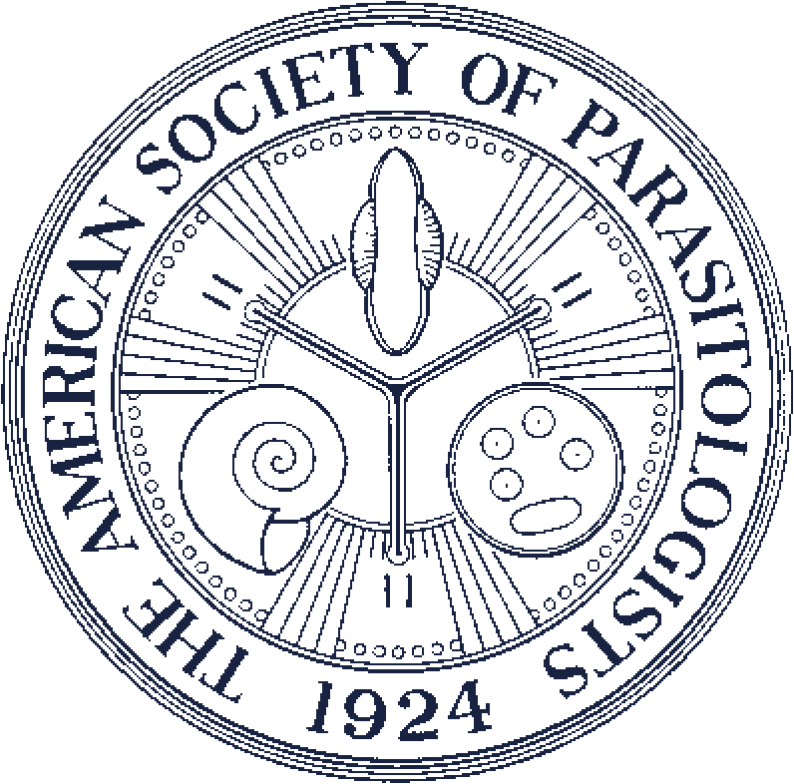THE FIRST MITOCHONDRIAL GENOME FROM A HEMIUROID (DIDYMODICLINUS SP. FROM PUERTO RICO) HIGHLIGHTS PHYLOGENETIC VOLATILITY
ABSTRACT
The family Didymozoidae is a speciose group of fish parasites with unusual morphologic and life-history characters. In the Caribbean, juvenile didymozoids are common in demersal fishes such as snappers (Lutjanidae), but few deoxyribonucleic acid (DNA) sequences are available from these developmental stages in this region. In the present study, 1 complete and 1 partial juvenile didymozoid from a snapper (Lutjanus sp.) from Puerto Rico were characterized morphologically, and the complete ribosomal DNA operon and mitochondrial genome were sequenced. The specimens resembled the allomonilicecum morphotype, and phylogenetic analysis indicated membership in the Didymodiclininae, which comprises the genera Didymodiclinus and Paragonapodasmius. The presence of a ventral sucker excludes Paragonapodasmius, which has also not been recorded in the Atlantic region. Identification of the specimen as a member of Didymodiclinus, which is known from the broader region of our study, was generally supported in phylogenetic analysis. Mitogenome phylogenies recovered Didymodiclinus with Azygiidae, consistent with the classification of these taxa within Hemiurata. However, the position of the Hemiurata within the Digenea fluctuated radically in mitogenome trees obtained with different analytic approaches, particularly depending on whether alignments were based on amino acid translations or nucleotides. The present data have value for the study of the distribution, life history, and diversity of these parasites in the Caribbean, particularly given the negative effects of didymozoids on highly valued fishes such as tunas and groupers.

Line drawing of a juvenile of Didymodiclinus sp. (hologenophore for PV410625, PV404152) from Lutjanus sp. in Puerto Real, Cabo Rojo, Puerto Rico.

(A) Summary of mitochondrial genome phylogenies of Digeneans (for full topologies, see Figs. S1–S14). Analyses that produced each topology are indicated below: BI = Bayesian inference implemented with GTR using MrBayes (Huelsenbeck and Ronquist, 2001); BI (CAT, PB) = Bayesian inference implemented with CAT using PhyloBayes (Lartillot et al., 2013); ML = maximum likelihood, followed by the number of species in the phylogeny. The type of alignment used (nucleotide or translated amino acid) is on the left in A. Asterisk indicates an analysis in which Dollfustrema was not included. (B) Relationships of the same higher taxa as in A according to phylogenies of ribosomal deoxyribonucleic acid subunits (rDNA) by Olson et al. (2003) and Pérez-Ponce de León and Hernández-Mena (2019), accompanied by currently accepted higher classifications.

Phylogenetic relationships among Didymozoidae based on (A) partial 28S sequences (1,030-base-pair [bp] alignment), (B) complete ribosomal deoxyribonucleic acid (rDNA) operons (5,338-bp alignment), (C) partial 18S sequences (1,138-bp alignment), (D) internal transcribed spacer 2 (ITS2; 368 alignment), (E) cytochrome c oxidase subunit [CO1] post-barcode region (412-bp alignment), and (F) CO1 barcode region (410-bp alignment). Sequences generated in the present study (Didymodiclinus sp.) are underlined. The trees shown were obtained by Bayesian inference (BI); nodes are annotated with BI posterior probability/percent of 1,000 bootstrap replicates in separate maximum likelihood analyses of the same alignment. Gray boxes are used to highlight clades containing sequences identified as members of the Didymodiclininae. Scale bars indicate the number of substitutions per site. Complete trees are found in Suppl. Data (Figs. S15–S22). The asterisk in A indicates a sequence by Vidal-Martínez et al. (2019) mentioned in the Discussion (MK558797).
Contributor Notes
